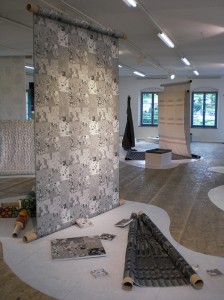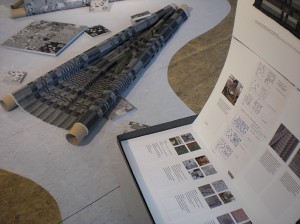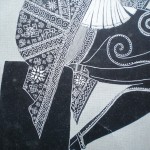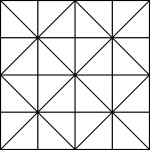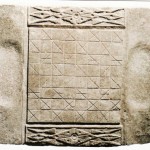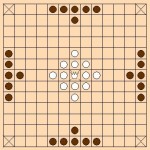In the last year, eight students from different countries met five times to learn and work with their ideas on power dobby and Jacquard looms. I was one of them and really enjoyed the five week-long modules where we met and struggled with CAD programs and noisy machines, at first with respect but in the end we often managed to outsmart them (with the help of the technicians from the Haslach Centre for Textile Culture) and make them do things that were not supposed to be done with them.
The results are now on display in the little event hall of the Centre for Tourism and Culture in Halsach accompanied by two weeks of smaller weaving couses and a huge weaver market next weekend (19th and 20th of July).
Within this course I took the opportunity to weave music code that was transferred into graphics files by Alex McLean using Peano-curves and you can see the result on the photos. On the left tere is a Jacquard-cloth including repeats of the whole code and on the ground a dobby weave with structures taken out of the accidental thread crossings of the woven code.
Exhibition dates
15. – 25. July 2014:
Tuesday-Sunday 10-16
Saturday 19th and Sunday 20th July: 10-18
Kleiner Veranstaltungssaal (Little Event Hall)
TuK-Vonwiller (Tourism and Culture Centre Vonwiller)
Stelzen 16
4170 Haslach
Austria
The next shuttle course will start in autumn 2015. For more information see the English website of SHUTTLE
Participants
Fiona Crestani
Ellen Harlizius-Klück
Lucia Schwalenberg
Christel Heimbucher
Hedi Ludwig
Waltraud Münzhuber
Sibylle Sayer
Siiri Sion
Artistic advisors
Marga Persson
Tim Parry-Williams
Ismini Samanidou
Lia Cook
Technical advisors
Andreas Selzer
Elisabeth Stötzler
Ulrike Alps
Organisation
Christina Leitner
Martina Lehner

